Green Cleaning Products for a Waste-Free Kitchen
Chosen theme: Green Cleaning Products for a Waste-Free Kitchen. Welcome to a fresh, practical guide to cleaner counters, lighter bins, and a calmer conscience—where every wipe, wash, and refill helps your home and the planet.
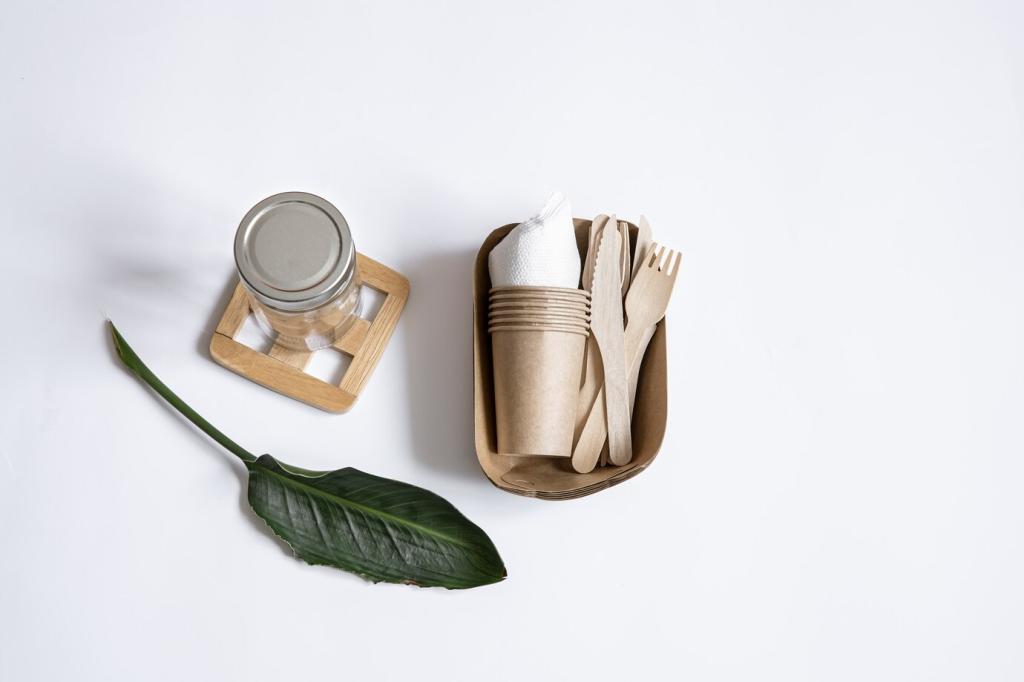
Many conventional sprays are mostly water shipped in single-use plastic, often with synthetic fragrances and volatile organic compounds that linger in the air. Green alternatives rely on concentrates, low-tox ingredients, and durable containers. That means fewer shipping emissions, less plastic trash, and surfaces that are safe around snacks, sourdough starters, and curious little hands reaching for fruit.

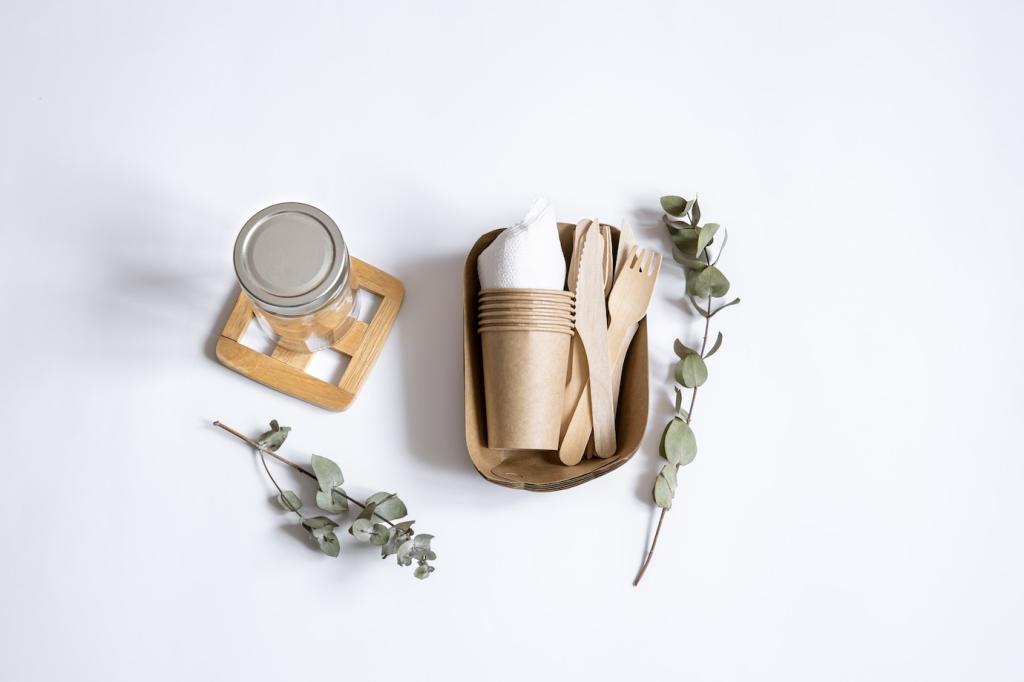
Starter Toolkit for a Waste-Free Cleaning Routine
Choose a sturdy glass or metal spray bottle with a replaceable nozzle, then pair it with concentrated refills or tablets designed for kitchen messes. You add the water at home, reducing shipping weight and packaging. Look for transparent ingredient lists, food-contact-safe labeling, and clear dilution instructions for counters, appliances, and dining surfaces.
Combine warm water with a teaspoon of castile soap in a refillable bottle for a mild, effective cleaner. Optional: a few drops of lemon or tea tree for a fresh scent. Spray, wipe with a cellulose cloth, and let dry. This is a cleaning solution, not a disinfectant—perfect for crumb zones, utensil drawers, and dining surfaces after meals.
Proven DIY Recipes, Tested on Real Messes
When cleaning is enough—and when you need to disinfect
Routine spills, crumbs, and cooking residue usually need cleaning only. Disinfection is reserved for raw meat drips, illness in the household, or high-risk zones like cutting boards after poultry. If you disinfect, choose food-contact-safe formulas with clear contact times. Always wipe away residue and let surfaces dry before setting produce or utensils down.
Pets, kids, and scent sensitivities
Opt for unscented or lightly scented products if your home includes sensitive noses. Essential oils can be potent; use sparingly and only those deemed food-contact-safe in the product’s instructions. Keep pet bowls and snack stations designated as low-fragrance areas, and circulate fresh air after cleaning to keep the kitchen calm and comfortable for everyone.
Labeling, storage, and contact time
Mark every bottle with its contents, dilution, and date mixed. Store concentrates out of reach of children and pets, and never in food containers. If using a disinfectant, note its required wet contact time, and set a timer. This simple habit boosts effectiveness, prevents product waste, and keeps your waste-free system safe and consistent.
Packaging, Refills, and End-of-Life
Search for bulk shops or co-ops offering cleaning refills. Bring your labeled bottle, tare, and top up. No local options? Choose brands with concentrate tablets and minimal packaging, or mail-back programs for pumps and sprayers. The goal is a closed loop that feels easy enough to repeat month after month without extra clutter.
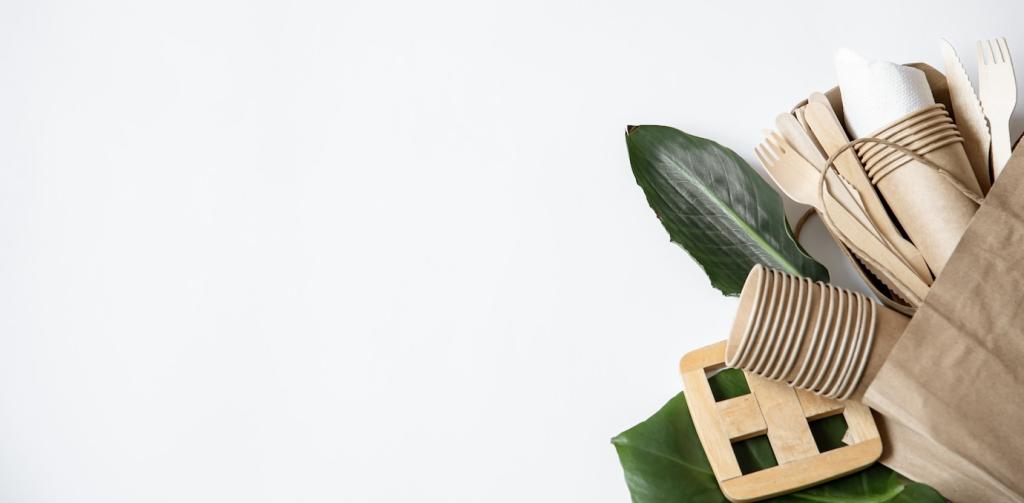
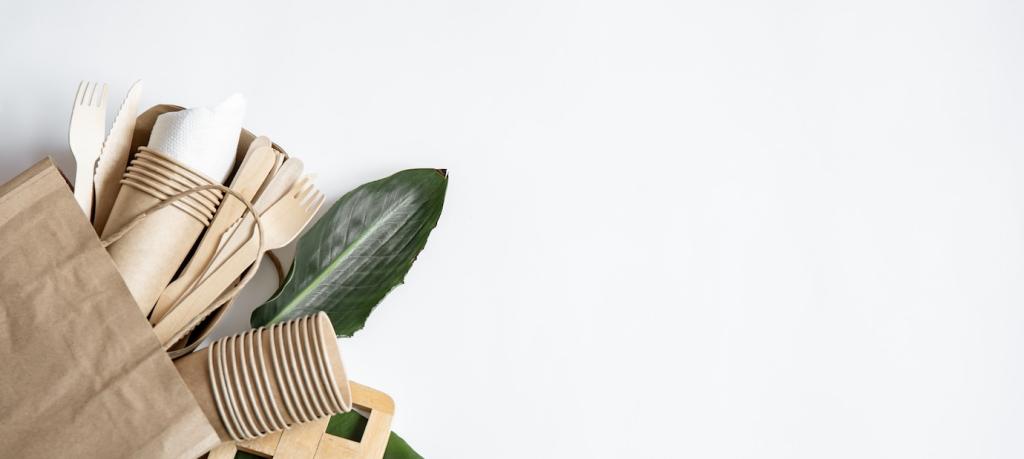
Packaging, Refills, and End-of-Life
Cellulose cloths and loofah scrubbers can often be home-composted if they are free from synthetic blends or dyes. Cut into smaller pieces for faster breakdown, and make sure heavily greased items are rinsed before composting. When in doubt, check the manufacturer’s guidance and your municipal compost rules for acceptable materials.
Habits That Make Waste-Free Cleaning Stick
The five-minute reset after meals
Set a short timer: clear plates, sweep crumbs, wipe the table with your refillable all-purpose spray, and give the stovetop a quick check. This rhythm prevents sticky residue that demands harsher products later, keeps bins lighter, and makes the next meal prep start on a sparkling, calm note without extra bottles crowding your counter.
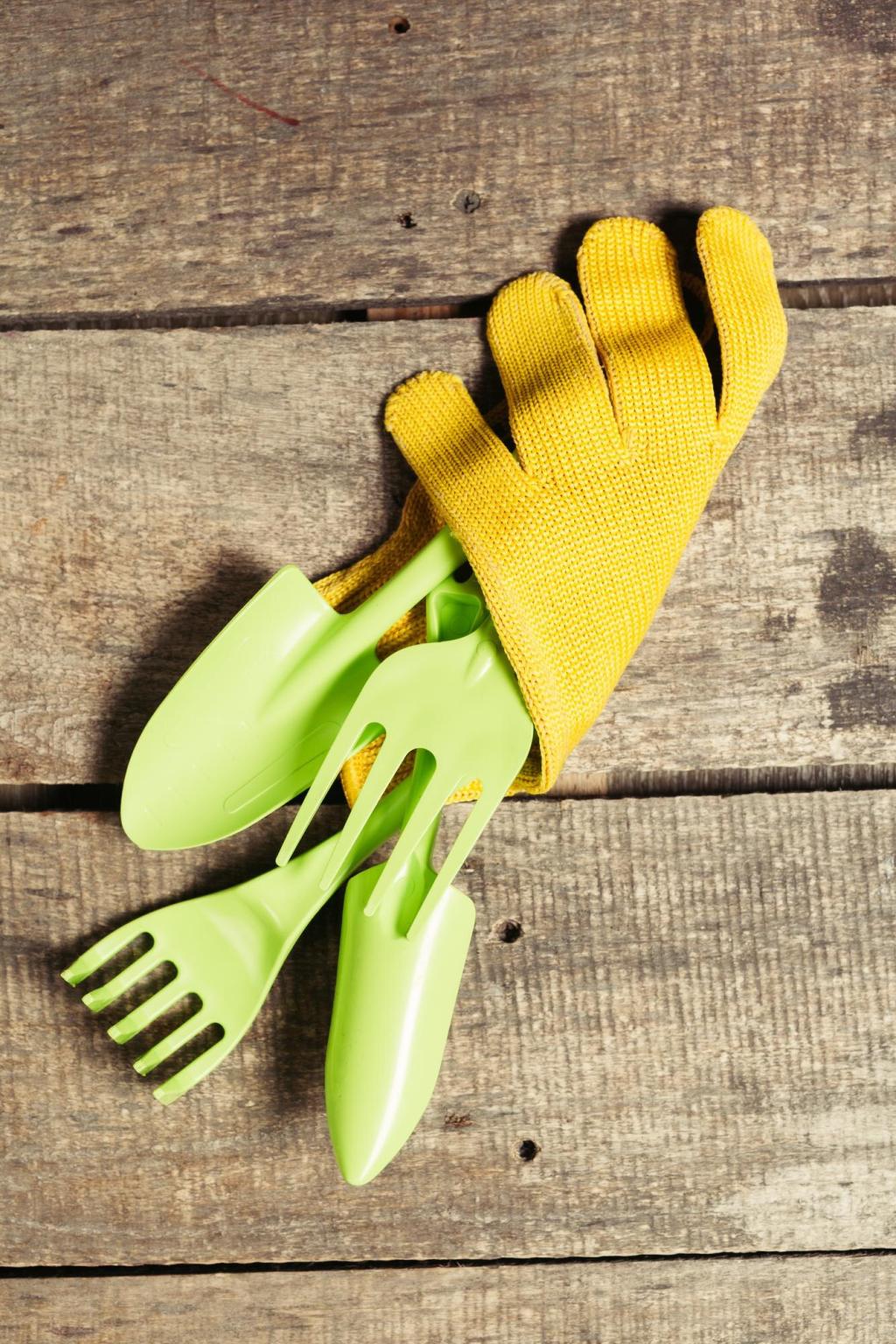
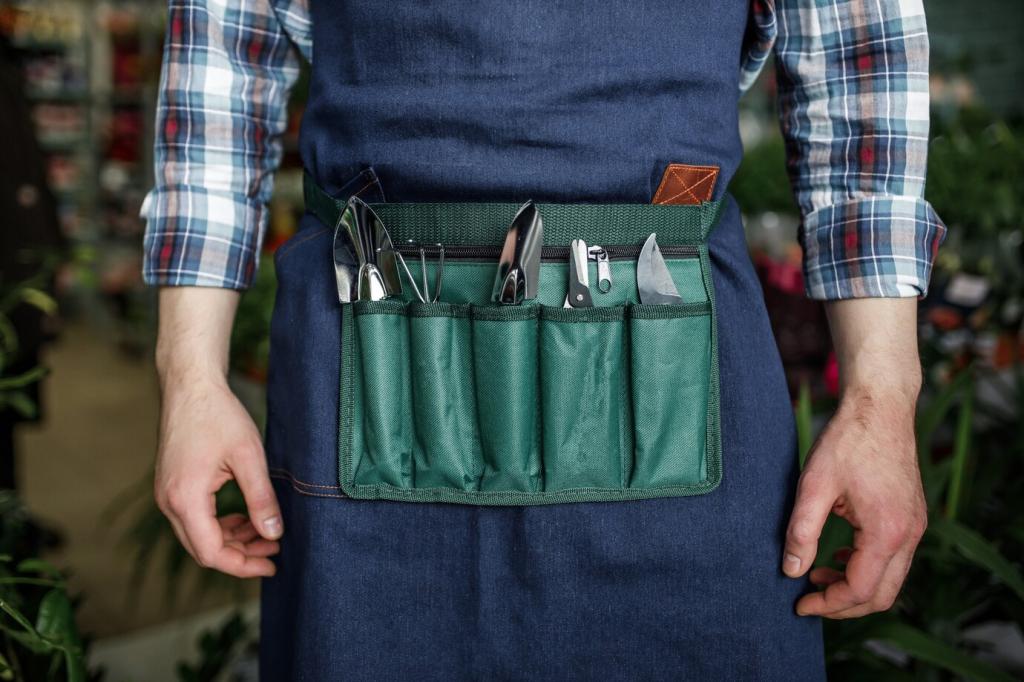
A quick cost comparison that favors refills
A single concentrate bottle or tablet set can replace many premixed sprays that are mostly water. You pay for cleaning power, not shipping heavy liquid and plastic. Over a year, refilling the same bottle significantly lowers costs, reduces recycling trips, and clears storage space once crowded by bulky containers you don’t actually need.
Care that extends tool life and reduces replacements
Rinse cloths promptly, launder in cool water with mild detergent, and air dry to prevent odors. Keep scrubbers dry between uses to avoid mildew. These micro-habits extend the lifespan of tools, protect your investment, and cut the cycle of constant replacement that quietly creates both unnecessary waste and surprise costs.
Streamlining your product lineup
Most kitchens thrive on a simple trio: an all-purpose cleaner, a gentle scrub, and a targeted degreaser. By resisting novelty duplicates, you avoid clutter and wasted packaging. Track what you truly finish, then buy only those refills. The result is clarity under the sink, predictably low costs, and consistently waste-free cleaning sessions.
Join the Community and Share Your Wins
Take the 7-Day Waste-Free Kitchen Clean-Up Challenge
Each day, swap one item: a refill bottle, a compostable sponge, a DIY spray. Post before-and-after photos and tag your progress. At the end of the week, tally bottles avoided and money saved. Subscribe for printable checklists, and invite a friend to join you for accountability, encouragement, and a little friendly, sustainable fun.
Show us your refill caddy and favorite recipes
Snap a picture of your setup—labels, bottles, and that trusty scrub brush—and share your best ratios for everyday messes. Tell us what worked on stovetop splatters or sticky jam trails. Your practical tips help other readers build confidence and keep waste low without sacrificing the spotless, welcoming feel of their kitchens.
Questions, experiments, and future themes—tell us what matters
Curious about stone-safe routines, hard water strategies, or unscented options for sensitive households? Ask away. We’ll test, report, and keep refining. Comment with your biggest cleaning challenge, subscribe for updates, and vote on upcoming topics so this space continues to deliver exactly what your waste-free kitchen needs to shine.
Join our mailing list
